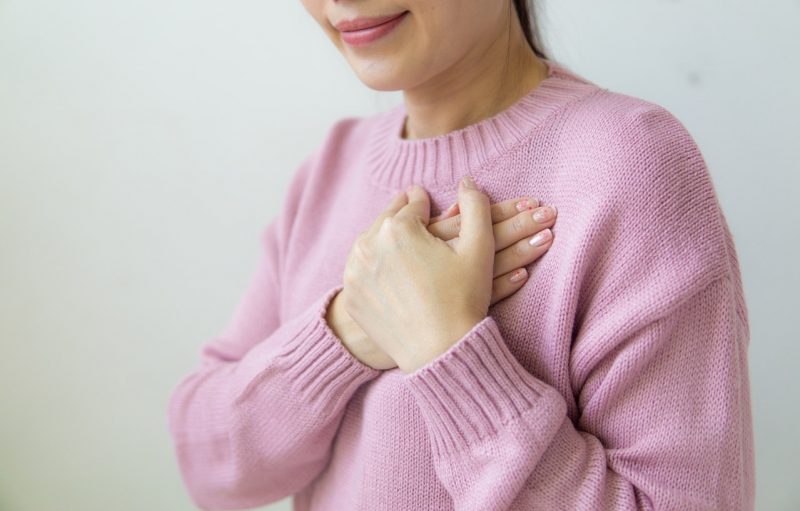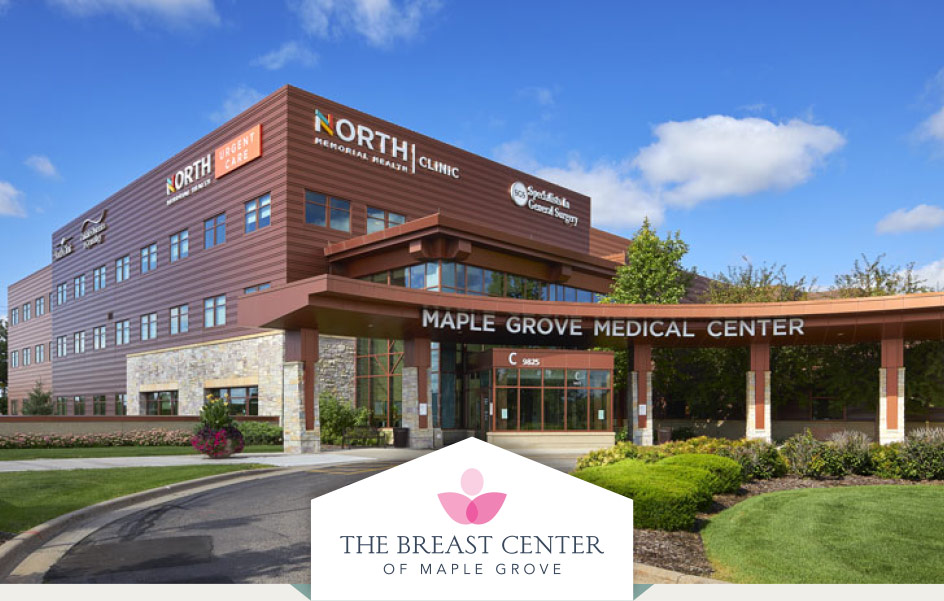In a previous article, we shared a few tips on how to take a proactive role in your breast health journey. Performing regular breast exams, following your monthly period, was number one on our list.
This got us thinking about what happens when women “do” notice something that isn’t quite right during an exam. An example may be feeling the formation of a lump.
For many, the first instinct is to panic. But remember, there are other reasons why a lump may form on one or both of our breasts. A breast cyst, for instance, is a non-cancerous, fluid-filled sac in the breast.
It might surprise you to learn that breast cysts are actually quite common, and women typically develop them between the ages of 35-50 (i.e., when they are premenopausal).
Understanding Your Breast Health
Discovering a lump can be scary, which is why we wanted to take the time to walk you through what breast cysts are, how they develop, and when it’s time to contact your doctor for further diagnosis.
Through this guide, our goal is to help educate and empower you, so you know what to expect and how to plan your next steps with confidence.
To get started, let’s review a few commonly asked questions about breast cysts.
What are breast cysts?
As noted, a breast cyst is a fluid-filled sac located in the breast area. According to Breastcancer.org, approximating 25% of breast masses turn out to be cysts.
How do they develop?
Your breasts are made up of lobes of glandular tissue. When fluid accumulates inside the glands, cysts will develop. Though it is still unclear why women develop breast cysts, some experts believe it may be a result of hormonal changes.
What do cysts look like?
Small cysts may be too small to see without the use of a mammography (i.e., microcysts), while others are large enough to spot during a self-exam (macrocysts). These types of cysts will look round or oval in shape. You should be able to move it around (under the skin) using your finger, as well.
Are there different types of cysts?
There are actually three different types of cysts that may develop on your breasts:
- Simple
- Complicated
- Compex
Simple cyst in breast
This type of cyst is filled entirely with fluid and is considered non cancerous.
Complicated cyst in breast
Though often not found to be cancerous, complicated cysts may require further diagnosis. They differ from simple cysts in their appearance, as they contain “debris-like” particles that float around in the fluid.
Complex cystic
If you notice that the lump has a thick outer wall or solid components, your doctor will likely request a breast biopsy to check for signs of cancer.
Symptoms of a cyst in the breast
A few common signs of a breast cyst may include:
- A soft or hard texture
- A round and smooth oval shape
- Easy to move under your skin
It should be noted that breast cysts, even simple cysts, can cause breast pain and tenderness in the area. This typically occurs during menstruation.
You may also notice the size and shape of the lump increase and decrease during your cycle.
Worried about a complicated cyst in your breast?
Because complicated cyst do contain solid fragments, it’s not unusual to feel a bit apprehensive after discovering one. It’s best to talk to your doctor, who may recommend an ultrasound-guided biopsy for further analysis.
Again, this is not a cause for panic, but a preventative measure to ensure you receive the care and guidance you need to address any issues that may arise.
Remember, the sooner you detect an abnormality, the less invasive the treatment will be, and the more successful the outcome!
Get the Support and Services You Need!
If your doctor has recommended a breast biopsy to diagnose a complicated or complex cyst, we encourage you to contact us today! We offer same-day appointments, and a dedicated care team who will walk you through your options and be with you every step of the way!
To make an appointment at our location, please contact us by phone at 763-398-6370 or fill out our online form, and a member of our team will get right back to you.

